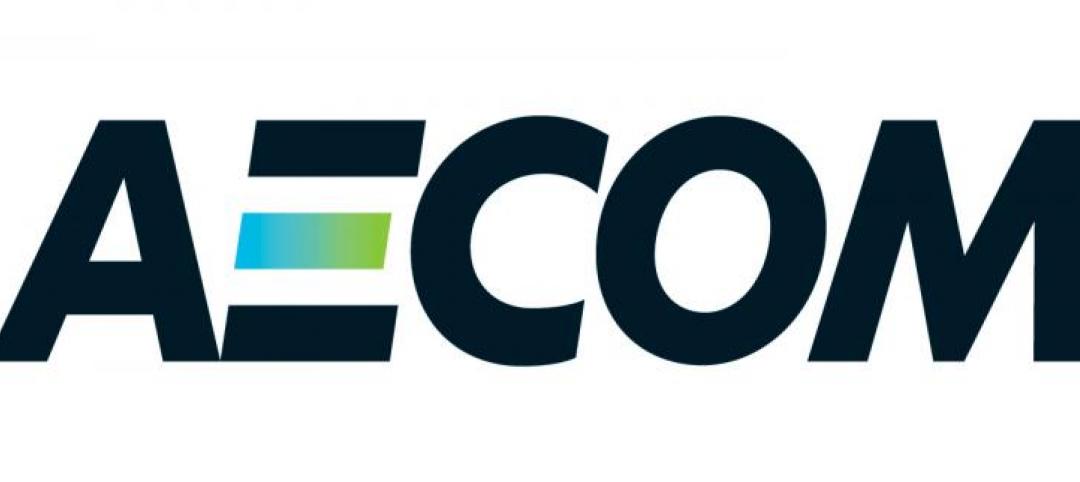The American Institute of Architects (AIA) and the National Council of Architectural Registration Boards (NCARB) are among several organizations who have helped found the Alliance for Responsible Professional Licensing (ARPL)—a new coalition of technical professions focused on educating policymakers and the public about the importance of rigorous professional licensing standards.
ARPL is a unique coalition that brings together professional organizations and their registration boards at a time when there is significant concern over the appropriate level of licensing required by law. The coalition was formed to ensure their voices are heard by policymakers and the public amid the growing debate around licensing.
“NCARB and AIA may approach the licensing debate from different perspectives but we fundamentally agree that rigorous standards must be maintained in order to protect the public we both serve,” said NCARB CEO Michael J. Armstrong. “Complex professions are at risk of being swept up in broad calls to reduce licensing requirements for occupations and vocations. It is important for us to work with other technical professions to ensure public safety isn’t compromised by broad brush deregulatory efforts.”
“When an architect designs a hospital or a school, the public must have confidence in its safety and structural integrity,” said AIA EVP/CEO Robert Ivy, FAIA. “The best way to maintain the public’s confidence is to continue to require that architects demonstrate rigorous and ongoing education, examination, and experience. Attempts to weaken or undermine professional licensing requirements for architects not only harm our profession, but could potentially endanger public health, safety, and welfare.”
The formation of the Alliance reflects mutual interest between regulatory organizations and their professional society counterparts in making the case for reasonable regulation. Although the regulatory associations’ mission is the protection of public, and the professional societies are the voices of their respective professions, recent trends and challenges in the regulatory and legislative environment have called for these groups to proactively engage together in the narrative around the importance of reasonable regulation and licensing.
In addition to AIA and NCARB, members of the ARPL include the American Institute of Certified Public Accountants (AICPA), American Society of Civil Engineers (ASCE), Council of Landscape Architectural Registration Boards (CLARB), National Association of State Boards of Accountancy (NASBA), National Society of Professional Engineers (NSPE) and National Council of Examiners for Engineering and Surveying (NCEES).
Related Stories
| Aug 4, 2014
What AEC executives can do to position their firms for success
Most AEC leadership teams are fastidious about tracking their hit rate–the number of proposals submitted minus the number of proposals won. Here are three alternatives for increasing that percentage. SPONSORED CONTENT
| Aug 1, 2014
Best in healthcare design: AIA selects eight projects for National Healthcare Design Awards
Projects showcase the best of healthcare building design and health design-oriented research.
| Aug 1, 2014
Recession recovery spotty among American cities: WalletHub report
Texas metros show great momentum, but a number of Arizona and California cities are still struggling to recover.
| Jul 30, 2014
Higher ed officials grapple with knotty problems, but construction moves ahead [2014 Giants 300 Report]
University stakeholders face complicated cap-ex stressors, from chronic to impending. Creative approaches to financing, design, and delivery are top-of-mind, according to BD+C's 2014 Giants 300 Report.
Sponsored | | Jul 30, 2014
How one small architecture firm improved cash flow using ArchiOffice
Foreman Seeley Fountain Architecture not only managed to survive the Great Recession, it has positioned itself to thrive in the economy’s recovery.
| Jul 30, 2014
German students design rooftop solar panels that double as housing
Students at the Frankfurt University of Applied Sciences designed a solar panel that can double as living space for the Solar Decathlon Europe.
| Jul 30, 2014
Restaurants, farmers' markets high on urban dwellers' wish list: Sasaki report
Urban dwellers love food-related resources, public spaces, and historic structures—but really hate traffic, lack of parking, and poor public transportation.
| Jul 30, 2014
Nonresidential building activity on the rise for 2015: AIA Forecast
Semiannual Consensus Construction Forecast predicts 4.9% increase this year, 8% next year, with offices and retail facilities leading the charge.
| Jul 29, 2014
Studio Gang Architects, MAD to design George Lucas' museum in Chicago
Star Wars director George Lucas selected Chicago-based Studio Gang Architects and Beijing firm MAD to design his proposed art museum on Chicago’s lakefront.
| Jul 29, 2014
AECOM's buying spree continues: Deal to acquire Hunt Construction Group in the works
The acquisition comes just two weeks after AECOM's $6 billion deal to acquire rival engineering and construction company URS Corp.

















